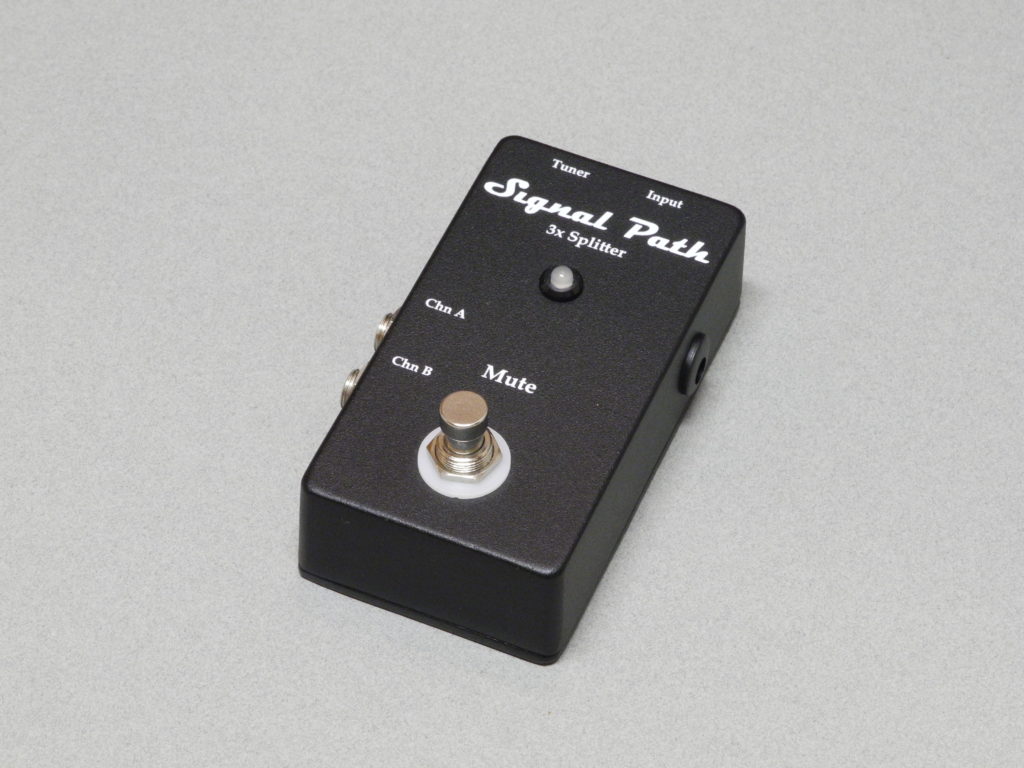

Fuzzįuzz is a unique style of distortion that originated during the ’60s psychedelic era. This spot is also the logical place for a noise gate like the NS-2 to control the unruly pedalboard section. This is why we position drive pedals early in the chain if theyre later in the signal path, theyll amplify the noise of everything before them. With multiple pedals in this category, stack them from the lightest drive to the heaviest distortion. The basic rule of thumb is to modulate gain, not increase the modulation gain, so noisy pedals should go early. Yet all will radically affect the signal’s dynamics and amplify the noise of any pedal that comes before. BOSS pedals vary in function and ferocity-from the DS-1 Distortion to the HM-2W and BD-2 Blues Driver. Think of these effects as the core ingredient in tone and modulation flavors them.

Both are pedalboard mainstays and many players’ first acquisitions. When we talk about pedals in this category, we usually mean overdrive and distortion.

And a wah pedal? Opinions vary, but placing this filter effect directly after the tuner and before the drive section will optimize signal frequency before altering the gain. In addition, we’re aiming to compress the clean guitar tone rather than the sound of the effects to come. Similarly, place a compression pedal like the CP-1X close to the guitar because these units work best with an even-volume signal. Fundamentally, pitch-altering effects work by transposing the guitar signal up or down, and it’s far easier for them to track a tidy signal than one shredded by distortion. Some players use buffer pedals in this position, and end the very end of the chain to preserve the tone. As with the tuner, placing them early is best and gives them a clean signal. If you are using a buffer pedal, this can either be placed at the end of the signal chain, towards the start before compression or gain, and after impedance sensitive pedals such as fuzz and wah. But despite the out-there results, these pedals don’t thrive on chaos. Some of the wildest guitar effects use pitch shifters like the PS-6 Harmonist, octave pedals like the OC-5, and synth stompboxes, including the SY-1 Synthesizer. The solution is always to put the tuner first and use buffered bypass pedals that protect the quality of the tone all down the line. Cumulative signal loss occurs along a chain of true-bypass pedals will make it less accurate. Any tuner will get confused if we place it after a dirty drive or ping-pong delay.


 0 kommentar(er)
0 kommentar(er)
